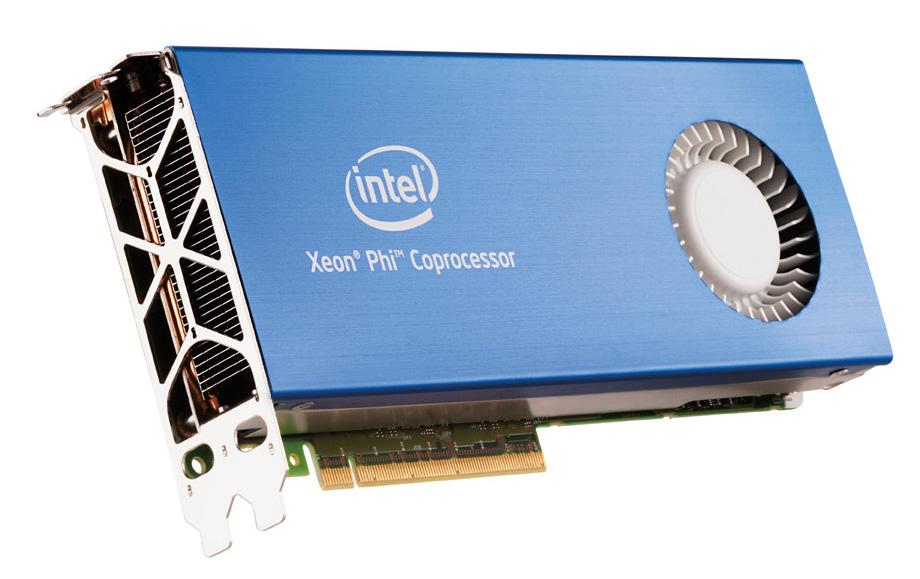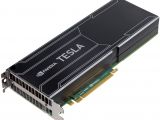
Nvidia’s way is the CUDA way and the true fact is that a lot of coding and optimization work is needed to fully enjoy the performance of Nvidia’s TESLA cards. HPC clients might see Intel’s easier Xeon Phi coding as a way to reduce the cost of software coding that needs to be done.
Make sure you check out our first, second, third and fourth parts of our GPU compute analysis.
 |
Considering that we’re talking about tens of thousands of dollars worth of man-hours doing coding and optimizing, the client paying for the server might give Intel’s Xeon Phi a thought if the performance were the same.
The thing is that performance is not going to be the same. If Nvidia achieves its targets with the GK110 GPU, the DP F64 performance will be almost twice what Intel’s Xeon Phi brings to the table.
 |
The answer is that, if you want your supercomputer ready at the end of this year, you can safely go with Nvidia’s TESLA K10 that’s based on the new Kepler architecture.
Sure, there is more CUDA programming to do, but you’ll be able to have you server ready much earlier than if you wait for Xeon Phi or TESLA K20.
Having the final installation ready faster is only one of the advantages TESLA K10 offers.
 |
Once this upgrade is finalized, your supercomputer will likely have 30 times the DP FP64 raw computing power compared with the initial Kepler K10 installation and more than 3 times the raw power of a similar Xeon Phi installation.
There is nothing Intel can do this year or the next that would allow it to achieve a doubling of Xeon Phi’s DP FP64 performance and, from a pure performance point of view, Nvidia’s GK110 is a definite winner.
Once we factor in AMD’s GCN, we’ll clearly see why Nvidia’s TESLA is being squeezed hard in the HPC market, but this will follow in the sixth part of our GPU compute analysis.
Via: Xeon-Phi and AMDs GCN Squeezing Nvidias TESLA Part 5
Tidak ada komentar:
Posting Komentar